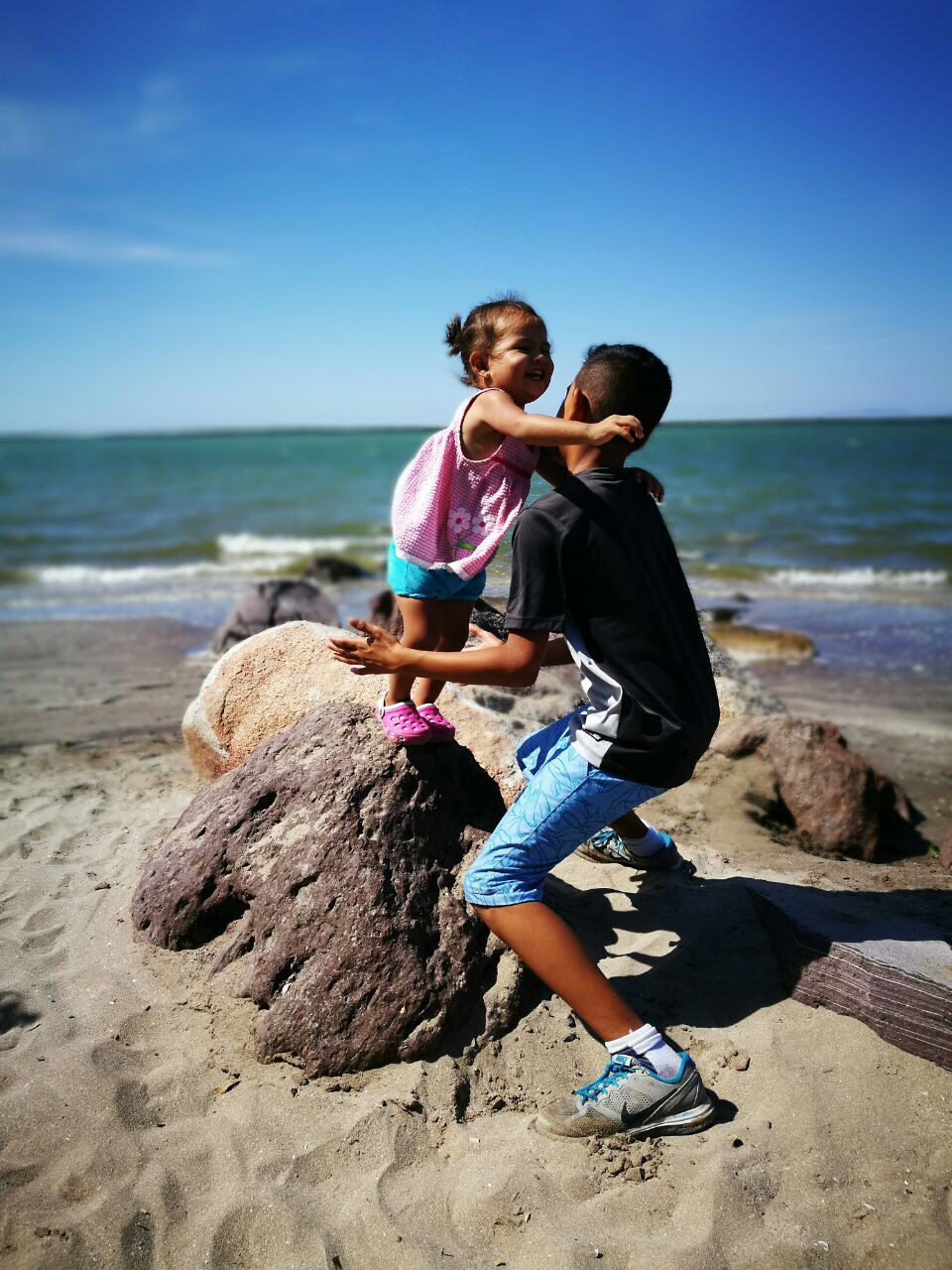Building Networks of Collaborating Organizations
by Nathan Senge
“We have been good at working with the local community,” says NOS co-founder Alejandro Robles, “but we have struggled to maintain positive relationships with peer organizations working on fishery restoration projects in different parts of Mexico, such as NIPARJA.”
 As a result, NOS had been less effective in promoting large scale changes beyond El Manglito and the fisheries of the Ensenada de la Paz bay. So they started working with SoL and with systems change learning tools, and they and many other NGOs joined SoL’s two-day retreat on supporting the “Plataforma Bahia de La Paz” initiative to promote fishery restoration throughout Mexico. But Robles says it unfortunately proved “difficult to sustain a positive relationship with that group, and so we ended up focusing solely on El Manglito.”
As a result, NOS had been less effective in promoting large scale changes beyond El Manglito and the fisheries of the Ensenada de la Paz bay. So they started working with SoL and with systems change learning tools, and they and many other NGOs joined SoL’s two-day retreat on supporting the “Plataforma Bahia de La Paz” initiative to promote fishery restoration throughout Mexico. But Robles says it unfortunately proved “difficult to sustain a positive relationship with that group, and so we ended up focusing solely on El Manglito.”
The challenges of inter-organizational collaboration redound as NOS’s staff focuses increasingly on ‘replicability,’ or how to scale their progress beyond just the La Paz region. “I believe,” Robles says, “that if we had developed the ability to work better with other organizations, perhaps things would be better today for all of us. We need to learn why we have struggled with this, and how to do it better in the future. Here is where the awareness-based systemic change that Liliana [Gutiérrez Mariscal] mentions is critical. Somehow, in these settings. we have not been able to promote adequate self-reflection as a compass for sound action.”
This challenge extends to the foundation world, which has played a key role in supporting NOS and its work but, as Robles says, “over the years, we have struggled to maintain relationships with donors like the WFF (Walton Family Fund). Securing adequate funding for the future is one of our greatest challenges as we become increasingly solvent commercially, especially in the midst of transitioning out of the world of philanthropic donations and into the world of investment from commercial partners.”
